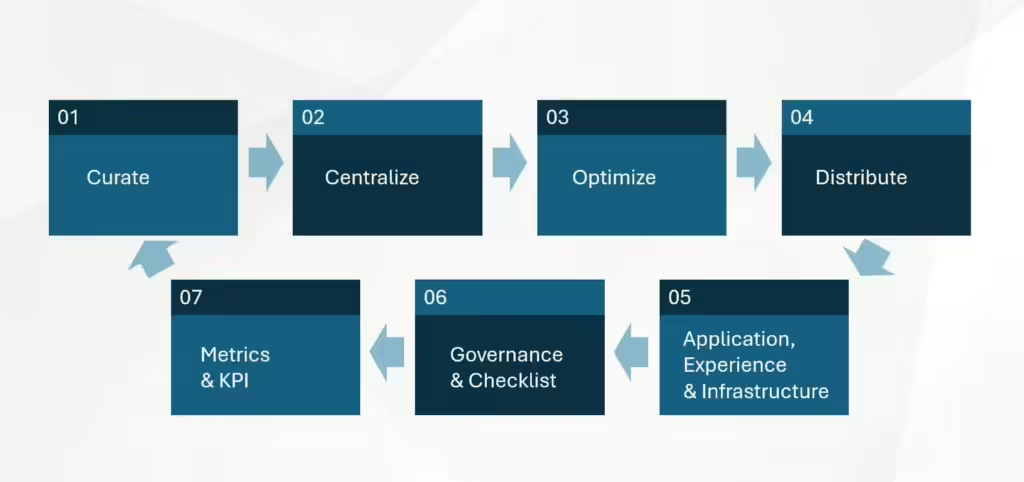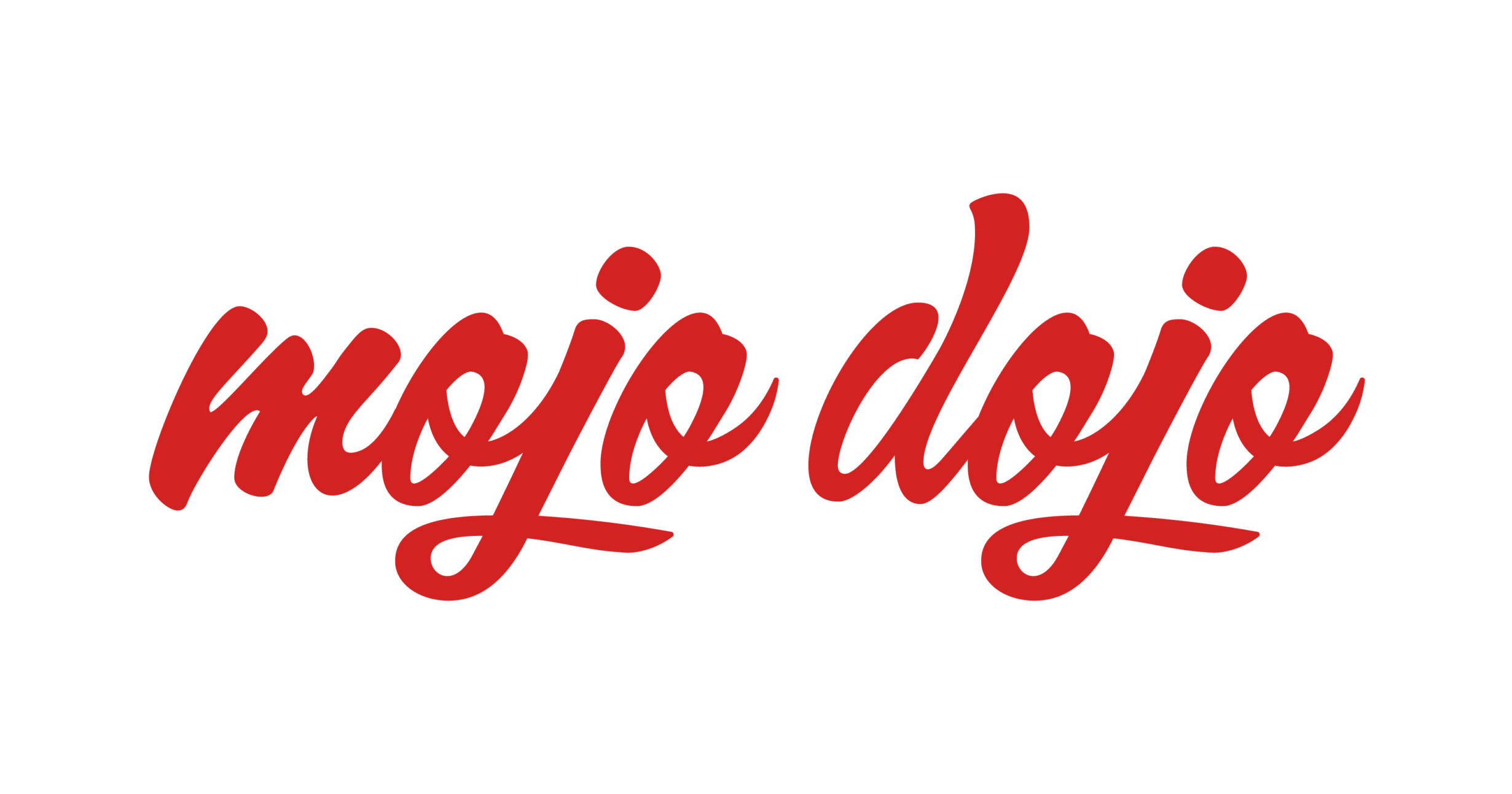With 2024 coming to a close, we are seeing a shift in the digital marketing space.
Companies have started to see their Search Engine Optimisation (SEO) efforts fall flat.
When you Google a product, you almost always see videos and images before any text content. This can be images of where the product can be bought, video reviews from YouTube, and a top insights or knowledge panel.
This is because big tech companies like Google and Apple have been focusing on AI-powered visual search rather than the traditional written content.
Adapting your SEO strategy to include visual content is essential. Without this, companies will lose relevance and visibility coming into 2025.
What is visual search optimisation?
Visual search optimisation is the process of refining visual aspects of a website or platform. This is done to improve the visibility of those elements in search engine results.
This mainly focuses on optimising images and videos on a website to make them more likely to show up on a search and capture users attention.
Visual search optimisation can be done through:
- Proper labelling and tagging images with relevant keywords
- Optimising the size and resolution of images to make the website faster
- Ensuring proper formatting for different devices and screen sizes.
As search becomes multimodal, marketers should start to focus more on customer intent. Customers are starting to become more visually oriented. This means crafting visual content that users can find relevant and engaging.
Why is visual search optimisation important?
Visual content is attention grabbing. If there was an image of a penguin next to the actual word penguin, 9 times out of 10 people would look at the picture first.
The human brain processes visual information a lot quicker than text. Images and videos can make information accessible and a lot easier to understand.
TikTok is a prime example of this. Most videos are only about 30 seconds long, sometimes even shorter than that. People find the educational videos incredibly informative. Mostly because it is a lot easier to understand the content.
If people go to a wikipedia page to find the same information, it can take them half an hour to figure out what it says.
How to optimise your visual content
As visual search optimisation becomes more common, marketers have been finding ways to see results improve.
The seven step optimisation pipeline

Well chosen images or videos have shown to significantly improve click through rates (CTR) and user engagement.
The seven step optimisation pipeline helps marketers stick to best practice guidelines:
- Curate: Make a list of everywhere visual content is created and consumed
- Centralise: Establish policies to organise content and create a digital asset management (DAM) system. You will have to make sure they are accessible through a content delivery network (CDN). All channels will need to access content via the DAM and avoid multiple copies of the same video or image.
- Optimise: You should only use high-quality, relevant images with correct file formats, image tags, sitemaps, and structured data to enhance visibility.
- Distribute: Aim for all content to be consumed from one mail location i.e. Meta. Use infrastructure to effectively distribute your content. For example, the Facebook Business Manager for easy distribution across Facebook and Instagram.
- Application, and Experience: Content that users can read and understand easily have a competitive edge. They perform a lot better than content that is difficult to digest. Achieving a visual hierarchy and enhancing your contents scannability will help towards this. Creating content that will work with Google’s multi search feature is essential. This includes combining image, video, and text. Look into creating a short video for how-to’s and recipes, design an infographic to make statistics more digestible.
- Infrastructure: Most infrastructure systems are designed to only store images, not optimise them. Having a DAM that scores your content quality and connects with all of your digital channels seamlessly is an important step.
- Governance and Checklist: Establish better guidelines to maintain quality, consistency, and usage across departments. Always test which images are performing well to refine your checklists.
- Metrics and KPI’s: Develop metrics to track all different kinds of results. From SERPs to engagement rates, from rich snippet saturation to clicks from visual search. These will help you build accurate KPI’s and constantly reevaluate your strategies.
As we come into 2025, we will start to see a shift in the way people are using search engines. As this develops, businesses will need to start finding ways to develop as well. The above gives a brief outline, but the best way to find what works is to experiment and keep an eye on the market.
